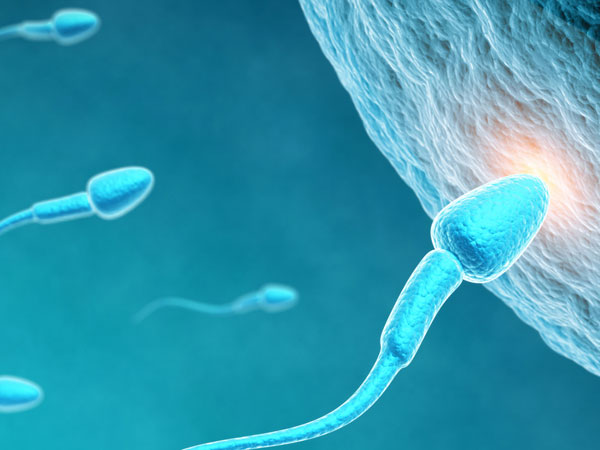
TESA/MESA

TESE/MESA Treatment

In some circumstances, a man’s ejaculate may contain very few healthy sperm or even no healthy sperm at all. This is referred to as azoospermia or oligospermia/cryptozoospermia. Reasons for this include:
- An inoperable blockage, severing or lack of the vas deferens or
- An extremely reduced sperm production or no sperm production at all – for example caused by genetic defects, environmental toxins, infections, an undescended testicle during childhood that was treated too late or by varicose veins of the testes.
Furthermore, it may be the case that a man cannot ejaculate, for example due to a tumour or because of paraplegia. In such cases, pregnancy by natural means is usually not possible.


Sperm retrieval via TESE/MESA Treatment

In cases like these, however, there are often still sperm capable of fertilisation in the man’s epididymides or testes. A doctor can retrieve these during a minor surgical procedure. To do this, microsurgical epididymal sperm aspiration (MESA) or testicular sperm extraction (TESE) can be used, for example.
1. MESA
In microsurgical epididymal sperm aspiration (MESA), the doctor performs a short surgical procedure, usually under general anaesthetic, to expose the man’s vas deferens. The doctor then removes the motile sperm from the epididymides using a fine cannula. This procedure is used, for example, if the vas deferens is blocked, severed or missing.
2. TESE
If sperm are not produced at all or are not produced correctly, it is possible that there may be a few sperm in the testicles. These can be retrieved via testicular sperm extraction (TESE). In this procedure, the sperm are released directly from the individual pieces of tissue of the testicle.
TESE, also known as testicular biopsy or testicular aspiration, is performed under general anaesthetic. In this procedure, the doctor uses a thin biopsy needle to remove small tissue samples from several places in one or both testicles. The procedure is performed on an outpatient basis and takes around ten minutes. If necessary, the operation can be repeated.
What are the chances of finding sperm with MESA/TESE Treatment?

MESA and TESE are very successful procedures. Doctors find functioning sperm in 75 percent of cases. However, the likelihood of success is largely determined by the underlying disorder or causes of the lack of sperm in the ejaculate. Various examinations of the partner (hormone analyses, genetic studies, etc.) can often be performed before the procedure to enable a good prediction of the prognosis and the resulting chance of pregnancy.
Risks and side effects of TESE/MESA Treatment

Just as with any operation performed under anaesthesia, there are certain risks involved with TESE and MESA, which the treating doctor will explain individually. For example, in rare cases, postoperative bleeding, bruising, swelling of the scrotum or an infection of the epididymis may occur after the operation. It is therefore advisable to rest for around five days after the surgery and not to shower until the next day at the earliest. It is also advisable to avoid bathing or using a sauna for around two weeks after the operation.
What happens to the sperm retrieved through TESE/MESA Treatment?

The sperm or testicle samples retrieved through TESE/MESA treatment are immediately prepared and examined in the laboratory. If sperm are found, they are generally initially frozen in liquid nitrogen (cryopreservation).
The amount of sperm retrieved through TESE/MESA treatment is usually rather low and the retrieved sperm are not capable of independent fertilisation (e.g. by insemination in the uterine cavity). For this reason, the partner’s eggs are always fertilised using an intracytoplasmic sperm injection (ICSI).
Do health insurance companies pay any of the costs of TESE/MESA Treatment?

The extent to which health insurance companies cover the costs depends on the country. Our doctors will gladly advise you of your options.
